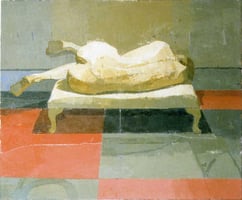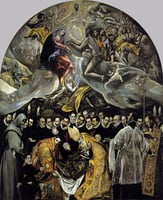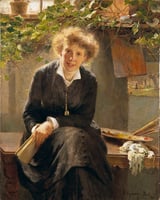Euan Uglow (1932-2000) was an English figurative painter and printmaker, renowned for his precise...
Jusepe de Ribera: The Baroque Master of Emotional Intensity
Jusepe de Ribera (1591 – 1652) was a Spanish painter of the Baroque period. Born in Xàtiva, near Valencia, he studied under Francisco Ribalta and Francisco Pacheco, and eventually settled in Naples.
Ribera's work was heavily influenced by Caravaggio, whose work he was familiar with from his time in Rome in the early 17th century. Ribera's paintings combine a realism of form with a tenebrist use of light and shadow, often including violent contrasts of light and dark. His mature works are typically composed of scenes of figures in a landscape, often with an architectural backdrop.
Ribera's work was extremely influential on the development of Neapolitan painting in the 17th century, and his influence can be seen in the work of such painters as Luca Giordano, Francesco Solimena, and Mattia Preti.
Ribera's style is often described as "naturalistic", and he depicted religious and allegorical subjects with a realism that was not common in his day. He often depicted scenes of torture, suffering, and death, and his work was often criticized by the Church for its "unflattering" depictions of religious figures.
Ribera's work has been described as "brutal and uncompromising", and his paintings often feature grotesque figures and exaggerated expressions. His style has been described as "expressive, emotional, and direct".
Ribera's work has been widely exhibited and collected, with works in major museums such as the Prado, the Louvre, the National Gallery in London, and the Metropolitan Museum of Art in New York.




